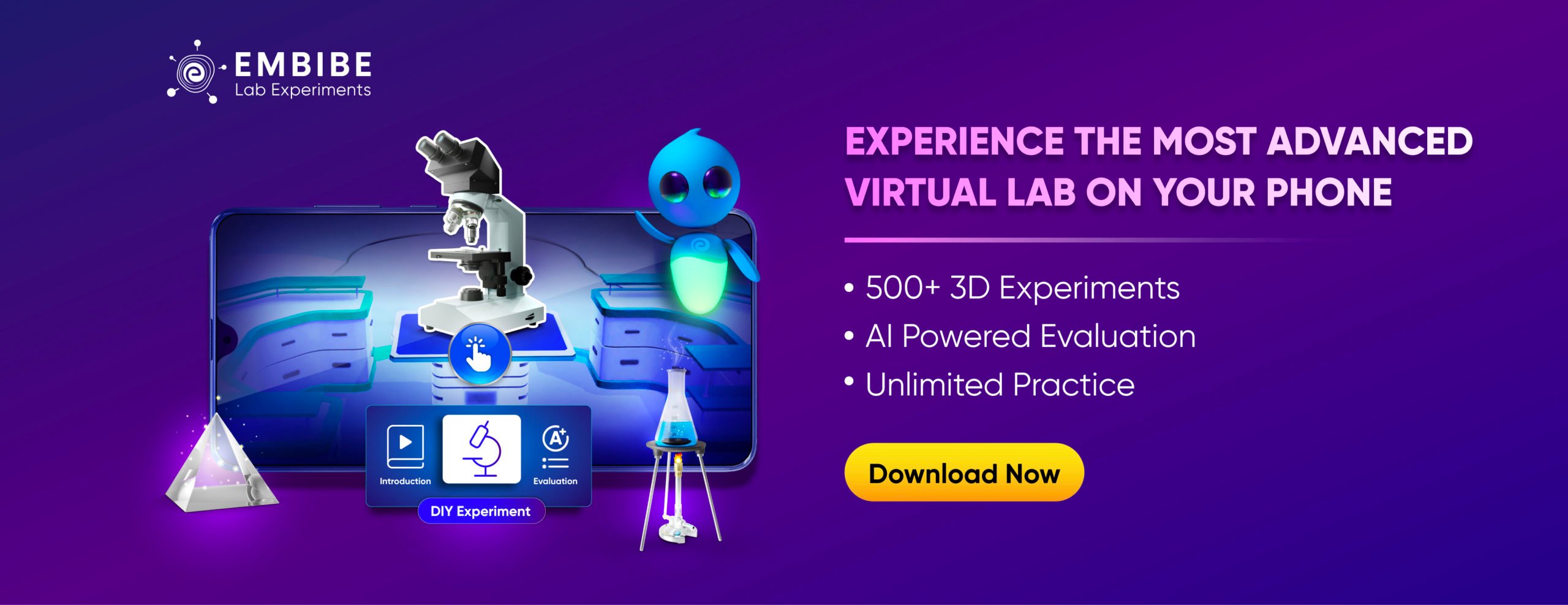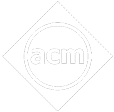- Written by Harshitha A
- Last Modified on 3-08-2023
About Mizoram Board Class 11 Exam 2024
Mizoram Board of Secondary Education (MBSE) governs and administers the state’s secondary and higher secondary education. It is an autonomous education board formed in the year 1975. The board prepares the syllabus and curriculum for all the classes to instil critical thinking and open-mindedness in students. The board is responsible for releasing students’ syllabus, exam dates and timetable.
Every year, MBSE will conduct the Class 11 exams in March 2024. Class 11 is a fundamental phase for Class 12 and other competitive examinations for higher studies. Therefore students should take the exam seriously. On this page, students can find all the relevant information that they need to prepare for their Mizoram Board Class 12 exams. Continue reading this article to know more.
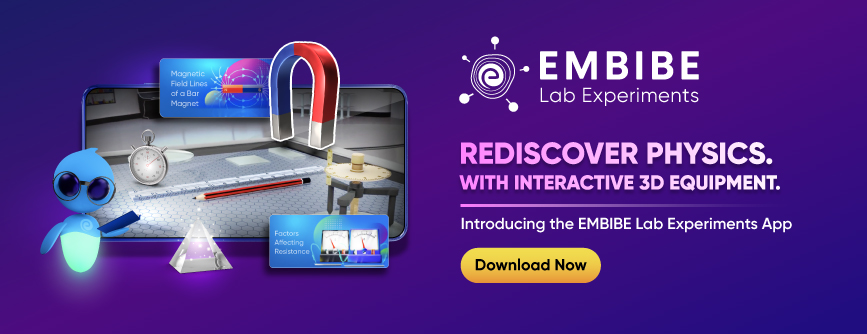
Mizoram Board Class 11 Exam Summary 2024
The Class 11 exam in Mizoram Board is conducted at the school level as per the guidance of the board. The board designs the syllabus for Class 11 and ensures that it covers all the important topics related to Class 12. Before moving further, let us go through the Mizoram Board Class 11 exam summary. Below we have provided all the important details of the Mizoram Board Class 11 exams:
| Particulars |
Details |
| Board Name |
Mizoram Board of Secondary Education |
| Exam Name |
Mizoram Board of Secondary Education (MBSE) 11th Class Exam |
| Founded In |
1975 |
| Headquarters |
Aizawl |
| Mode of Exam |
Offline |
| Duration |
3 hours |
| Date of Exam |
March 2024 |
| Exam Level |
School Level |
Mizoram Board Official Website
https://www.mbse.edu.in/
Mizoram Board Class 11 Exam Syllabus 2024
The Mizoram board prescribes the syllabus for students in higher secondary school. The syllabus is designed to instil a strong conceptual understanding and its application. Knowing the syllabus is essential for students to plan their studies according to the topics included. It ensures that students map their timetable according to the weightage. Students can find the subject-wise syllabus from the following section.
Mizoram Board Class 11 Mathematics Syllabus
Class 11 Maths introduces students to various topics that are useful for higher classes. Therefore, it is crucial to grasp the concepts thoroughly, so students do not face any problems later. The detailed syllabus for Class 11 Maths is tabulated below:
| Chapter No. |
Chapter Name |
| 1 |
Sets |
| 2 |
Relations and Functions |
| 3 |
Trigonometric Functions |
| 4 |
Principle of Mathematical Induction |
| 5 |
Complex Numbers and Quadratic Equations |
| 6 |
Linear Inequalities |
| 7 |
Permutations and Combinations |
| 8 |
Binomial Theorem |
| 9 |
Sequence and Series |
| 10 |
Straight Lines |
| 11 |
Conic Sections |
| 12 |
Introduction to 3D Geometry |
| 13 |
Limits and Derivatives |
| 14 |
Mathematical Reasoning |
| 15 |
Statistics |
Mizoram Board Class 11 Physics Syllabus
The syllabus for Mizoram Board Class 11 Physics emphasises on conceptual understanding of content and improving problem-solving abilities and practical applications. Students can find the detailed syllabus of Mizoram Board Class 11 Physics below.
| Chapter No. |
Chapter Name |
| 1 |
Units and Measurements |
| 2 |
Motion in a Straight Line |
| 3 |
Motion in a Plane |
| 4 |
Laws of Motion |
| 5 |
Work, Energy and Power |
| 6 |
System of Particles and Rotational Motion |
| 7 |
Gravitation |
| 8 |
Mechanical Properties of Solids |
| 9 |
Mechanical Properties of Fluids |
| 10 |
Thermal Properties of Matter |
| 11 |
Thermodynamics |
| 12 |
Kinetic Theory |
| 13 |
Oscillations |
| 14 |
Waves |
Mizoram Board Class 11 Chemistry Syllabus
Class 11 Chemistry is divided into Physical, Organic and Inorganic Chemistry. The syllabus is designed to cover fundamental concepts and modern applications in the world around us. The table below provides students with the Mizoram Board Class 11 Chemistry syllabus.
| Chapter No. |
Chapter Name |
| 1 |
Some Basic Concepts of Chemistry |
| 2 |
Structure of Atom |
| 3 |
Classification of Elements and Periodicity in Properties |
| 4 |
Chemical Bonding and Molecular Structure |
| 5 |
States of Matter: Gases and Liquids |
| 6 |
Thermodynamics |
| 7 |
Equilibrium |
| 8 |
Redox Reactions |
| 9 |
Hydrogen |
| 10 |
S- Block Elements |
| 11 |
Some p- Block Elements |
| 12 |
Oragnic Chemistry: Some Basic Principles and Techniques |
| 13 |
Hydrocarbons |
| 14 |
Environmental Chemistry |
Mizoram Board Class 11 Biology Syllabus
The Mizoram Board Class 11 Biology focuses on the connection of Biology to real life and the use of biological discoveries and innovations in everyday life. Students should refer to the syllabus to start their exam preparation. Given below is the table that shows the syllabus for Class 11 Biology.
| Chapter No. |
Chapter Name |
| 1 |
The Living World |
| 2 |
Biological Classification |
| 3 |
Plant Kingdom |
| 4 |
Animal Kingdom |
| 5 |
Morphology of Flowering Plants |
| 6 |
Anatomy of Flowering Plants |
| 7 |
Structural Organisation in Animals |
| 8 |
Cell – the Unit of Life |
| 9 |
Biomolecules |
| 10 |
Cell Cycle and Cell Division |
| 11 |
Transport in Plants |
| 12 |
Mineral Nutrition |
| 13 |
Photosynthesis in Higher Plants |
| 14 |
Respiration in Plants |
| 15 |
Plant Growth and Development |
| 16 |
Digestion and Absorption |
| 17 |
Breathing and Exchange of Gases |
| 18 |
Body Fluids and Circulation |
| 19 |
Excretory Products and their Elimination |
| 20 |
Locomotion and Movement |
| 21 |
Neural Control and Coordination |
| 22 |
Chemical Coordination and Integration |
Mizoram Board Class 11 Exam Blueprint 2024
The exam blueprint is an important feature in any student’s learning process. It helps the students know the marks of each topic or unit for all the subjects included in their curriculum. Thus, it helps them prepare a timetable according to the topic’s weightage and prioritise them on the difficulty level. This article section talks about the exam blueprint for Mizoram Board Class 11.
Mizoram Board Class 11 Maths Exam Blueprint
Maths is a subject that requires a strong foundation and regular practice. Students need to know the weightage of each chapter to plan their studies accordingly. The table below shows the blueprint for Maths.
| Unit Name |
Marks |
| Sets and Functions |
29 |
| Algebra |
37 |
| Coordinate Geometry |
13 |
| Calculus |
6 |
| Mathematical Reasoning |
3 |
| Statistics and Probability |
12 |
| Total |
100 |
Mizoram Board Class 11 Physics Exam Blueprint
Physics as a subject has a lot of practical applications, and it is important to understand the underlying concepts while studying it. The blueprint for the subject is given below.
| Unit Name |
Marks |
| Physical World and Measurement |
4 |
| Kinematics |
8 |
| Laws of Motion |
8 |
| Work, Energy and Power |
8 |
| Motion of System of Particles and Rigid Body |
6 |
| Gravitation |
8 |
| Properties of Bulk Matter |
10 |
| Thermodynamics |
6 |
| Behaviour of Perfect Gases and Kinetic Theory of Gases |
4 |
| Oscillations and Waves |
8 |
| Total |
70 |
Mizoram Board Class 11 Chemistry Exam Blueprint
Class 11 Chemistry deals with topics such as hydrocarbons, chemical properties and the classification of matter, atoms and many more. The marks distribution of the Mizoram Board Class 11 Chemistry is given in the table below.
| Unit Name |
Marks |
| Physical Chemistry |
30 |
| Inorganic Chemistry |
25 |
| Organic Chemistry |
15 |
| Total |
70 |
Mizoram Board Class 11 Biology Exam Blueprint
Biology is an important subject for students who aspire to get into the medical field for their higher studies. While studying, students should ensure to be thorough with the concepts and diagrams. The blueprint for Mizoram Board Class 11 Biology is as follows.
| Unit Name |
Marks |
| Diversity of Living Organisms |
7 |
| Structural Organization in Plants and Animals |
12 |
| Cell: Structure and Function |
15 |
| Plant Physiology |
18 |
| Human Physiology |
18 |
| Total |
70 |
Mizoram Board Class 11 Study Plan to Maximise Score
A study plan is necessary for students of all classes if they want to score well during exams. The study plan ought to be implemented not only during exams but every day while studying. A study plan acts as a guideline that helps students know when to prepare and how to get the maximum output. We have devised some preparation tips and study plans to help Class 11 students of Mizoram Board.
Mizoram Board Class 11 Preparation Tips
Preparation tips assist students’ learning process, making it easier for them to learn the topics and cover the syllabus on time. It is always a good idea to have some preparation tips handy before staring with one’s exam preparation. Here are some preparation tips that Class 11 students can follow to prepare for their final exams.
Be thorough with the syllabus: Every student preparing for the Class 11 exam should have the updated syllabus with them. Knowing the syllabus helps students plan their studies per the topics included, the difficulty level of each topic and the weightage.
Create a study schedule: The study timetable should be created to cover all the topics on time without feeling monotonous. Students can study a subject for an hour a day at least.
Refer to NCERT books: Students should first be thorough with the books prescribed by the board. Apart from this, they can also use NCERT books for reference and solving questions.
Solve previous year’s question papers: Solving previous year’s question papers give students an insight into the kinds of questions that are asked in the final exam and the marking scheme. Besides that, solving them improves their comprehension of the subject, efficiency and accuracy.
Take mock tests: Students should take regular tests to evaluate their performance. Embibe provides mock tests with detailed feedback to help students ace their final exams.
Daily Revision: Students should make it a habit to revise the concepts they have learned daily. This helps them retain the information, which makes it easier to recall during exams.
Mizoram Board Class 11 Exam Detailed Study Plan
A detailed study plan helps students study systematically, where all the subjects are covered and completed on time. The experts at Embibe have come up with the following study plan for different subjects.
Physics: The subject involves many derivations and numerical. Students can follow the tips below to perform better in their exams.
- It is important to understand the concept of each topic. If there is any doubt, students should get it clarified with the respective teacher.
- While studying, students should make short notes and write down important formulae and expressions.
- They should practice as many numericals as they can. They can refer to the solved examples to understand the steps to solve them.
- They should allocate at least an hour to learn the concepts and practice numericals daily.
Chemistry: Chemistry involves a lot of chemical reactions and formulas, and it is necessary to have a clear conceptual understanding to solve numericals. Students can refer to the following study plan to ace their Chemistry exam.
- Firstly, they should go through the topics in a thorough manner.
- It is important to remember the periodic table, as it is helpful when writing chemical reactions.
- Practice is the key to mastering any concept, reaction or theory.
- Review the theories, formulas, and reactions regularly.
Mathematics: Mathematics is one of the main subjects in the Class 11 curriculum and students aspiring to get into the engineering field should have a good grasp on the subject. Follow the guidelines below to ace the Maths exam.
- Students should practice as many questions as they can.
- Instead of memorising the formulas. Students should understand the concept behind it, so it becomes easier to remember them.
- They can solve the previous year’s question paper to know the exam pattern and what kind of questions are asked.
- They can refer to NCERT solutions that explain the concepts and steps to solve a problem in a crisp way.
Biology: Biology has a vast syllabus and involves many scientific terms and diagrams. Here are a few study tips to help improve the scores in the Biology exam.
- Students should read the textbook thoroughly.
- They can write down scientific names and make short notes to refer to while revising.
- The diagrams need to be practised regularly so that students can draw and label them correctly in the exam.
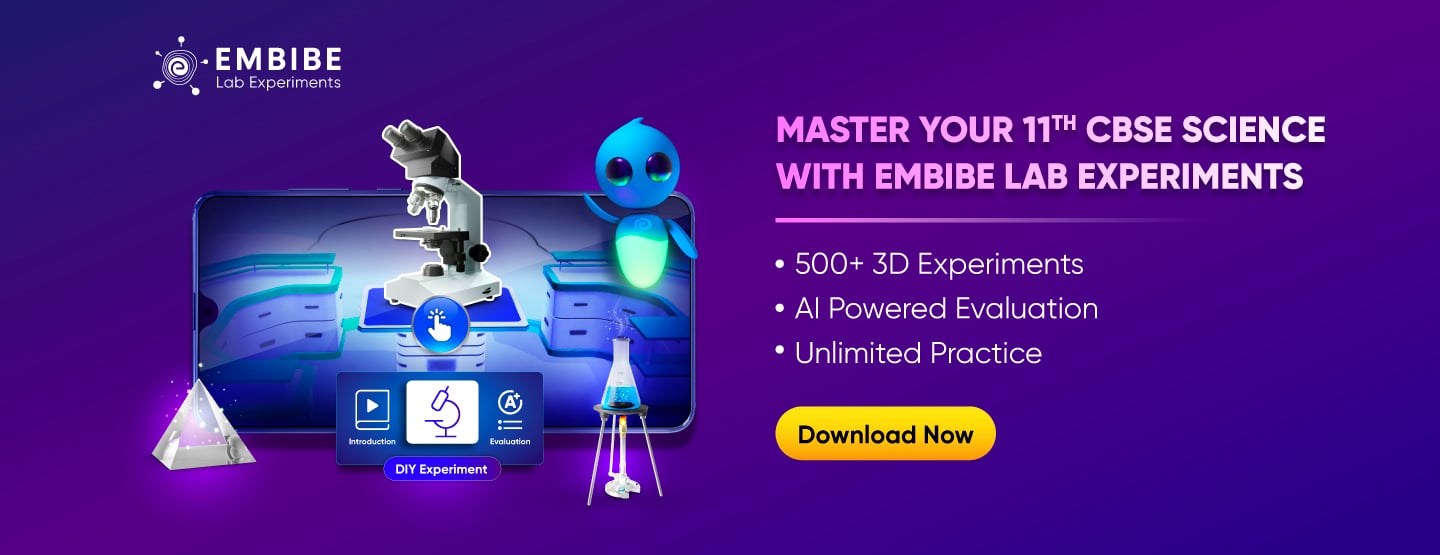 https://embibe-experiments.app.link/satngXzRGyb
https://embibe-experiments.app.link/satngXzRGyb
FAQs on Mizoram Board Class 11 Exam
We have provided below some of the frequently asked questions regarding Mizoram Board Class 11:
Q. How can I apply for the MBSE 11th exam 2024?
Ans: The school authorities will register students for the MBSE Class 11 exam 2024. Once the dates for registration are released, they will be notified by their respective schools.
Q. Where can I get the syllabus for Mizoram Board Class 11?
Ans: Students can get the Mizoram Board Class 11 syllabus on this page.
Q. What are the MBSE 11th exams passing marks?
Ans: To pass the exam, students must obtain a score of at least 33 per cent in each subject.
Q. Where can I practice questions and take tests for Mizoram Board Class 11 exam?
Ans: Mizoram Board Class 11 students can practice questions and take mock tests for on Embibe.
Q. What are the subjects included in Mizoram Board Class 11 curriculum?
Ans: The subjects in Mizoram Board Class 11 are: English, 2nd Language, three electives to be chosen from Physics, Chemistry, Biology, Mathematics, Home Science, Computer Science, and Geology.
Mizoram Board List of Educational Institutions
Numerous schools are affiliated with MBSE to provide education at the sondary and higher secondary levels. To get the complete list of schools in Mizoram students can visit the official website. Some of the schools in Mizoram are as follows.
- Govt. Central HSS, Aizawl
- Govt. Chaltlang HSS, Aizawl
- Baptist HSS, Lunglei
- Govt. Lunglei HSS, Lunglei
- St. John’s HSS, Kolasib
- C. Zakhuma HSS, Kolasib
- Zawlnuam HSS, Mamit
- Govt. Kawrthah HSS, Mamit
- Govt. Serchhip HSS, Serchhip
- St. Peter’s HSS, Serchhip
Mizoram Board Class 11 List of Future Exams
Class 11 is the preparatory phase for higher education. Besides the Class 11 exam, there are other competitive exams that students can appear to test their intellectual skills. Let’s have a look at the several national competitive examinations that students can appear for after their Class 11 exam.
| Stream |
Exam |
| Engineering |
Joint Entrance Examination (JEE) Main
JEE Advanced
COMED-K
VITEEE
NDA Entrance with PCM (MPC) |
| Medical |
National Eligibility Cum Entrance Test (NEET)
AIIMS |
| Defence Services |
Indian Maritime University Common Entrance Test
Indian Navy B.Tech Entry Scheme
Indian Army Technical Entry Scheme (TES) ·
National Defence Academy and Naval Academy Examination (I) |
| Fashion and Design |
National Institute of Fashion Technology (NIFT) Entrance Test
National Institute of Design Admissions
All India Entrance Examination for Design (AIEED)
Maeer’s MIT Institute of Design
National Institute of Fashion Design
National Aptitude Test in Architecture
Center for Environmental Planning and Technology (CEPT) |
| Law |
Common-Law Admission Test
All India Law Entrance Test (AILET) |













